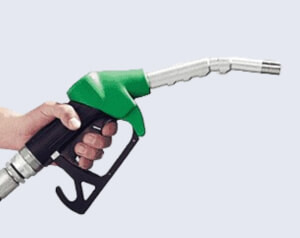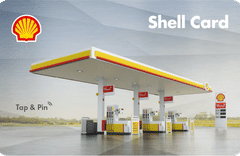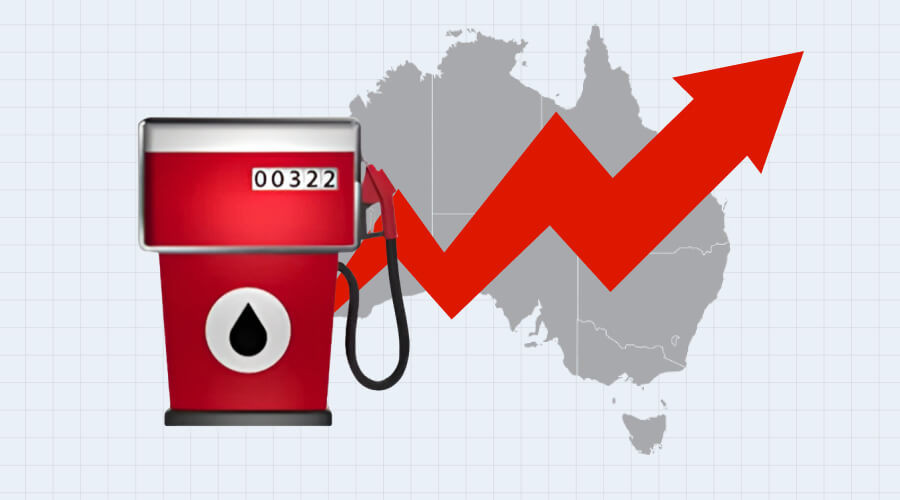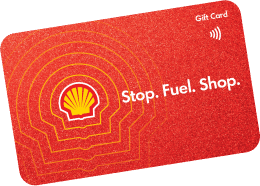FleetCard has expanded its acceptance network to over 6,200 fuel stations nationwide, giving FleetCard users more options to fill up than ever. But this growth isn’t happening in isolation – the entire fuel industry has been evolving over the past five years. Some fuel brands have expanded, others have rebranded, and a few have disappeared altogether.
At the same time, fuel card acceptance has shifted, meaning drivers and businesses may need to rethink where they can refuel. With so many changes happening, we wanted to take a closer look at how Australia’s fuel station landscape has transformed, and what it means for both everyday drivers and fleet operators.
Which Fuel Brands Are Growing, and Which Are Disappearing?
A lot has changed in just five years. In 2019, the big names in fuel were Caltex, BP, Shell, 7-Eleven, United, and Metro Petroleum. And while these are still the biggest players in the market, some major shifts have happened.
Fuel Brands That Have Expanded and/or Rebranded
- Ampol (formerly Caltex) – In 2019, Caltex had 1,541 sites, but after rebranding to Ampol in 2022, it expanded to over 1800 locations by mid-2024. That’s nearly 300 new sites added in five years.
- BP – In 2019, BP had over 1,300 stations. Since then, it has grown by acquiring X Convenience, adding 50+ new locations across South Australia and Western Australia. They now operate with around 1400 sites Australia-wide.
- Viva Energy (Shell/Reddy Express) – In 2019, Shell had around 1,330 fuel outlets. In 2023, Viva Energy acquired Coles Express, rebranding over 700 stations to Reddy Express. Later, in November 2024, Viva Energy started using Shell Cards at 184 OTR sites and began replacing BP and independent OTR signage with Shell branding, bringing its total network to over 1,500 locations.
Fuel Brands That Have Shrunk or Disappeared
- Puma Energy – Puma had 270+ sites in 2019, but in 2020, Chevron bought Puma and is now rolling out Caltex branding at many of these locations.
- Independent stations – While big brands are expanding, some smaller independent fuel retailers have shut down due to rising costs and competition.
What Does This Mean for Drivers?
With so many changes in fuel brands and station ownership, choosing the right fuel card is more important than ever. If your regular station has rebranded, your current fuel card might not be accepted anymore, or you may find that another card offers better coverage and discounts.
This is a great time to compare fuel cards and find one that works across multiple brands, giving you more flexibility and avoiding the hassle of searching for a compatible station. A multi-brand fuel card can provide wider acceptance, better discounts, and more convenience – especially with the industry shifting so quickly.
If you rely on a fuel card for business or everyday driving, now is the perfect time to check your eligibility and choose a card that fits your needs best.
Enquire to save

Fuel Cards Are Changing Too: What Cards Work Where?
Just like fuel stations, fuel card acceptance has changed. Not all cards work everywhere anymore.
Here’s a quick guide to what works where:
- FleetCard – Works at 6,200+ stations (90% of all fuel sites). Accepted at BP, Ampol, Viva Energy (Shell/Reddy Express), 7-Eleven, United, Metro, Woolworths, and Liberty.
- WEX Card – Works at 90% of sites but NOT at BP, Ampol, or Viva Energy sites.
- Shell Card – Reddy Express, OTR, Liberty, and Westside locations.
- BP, Ampol, Metro, United & 7 Eleven – Only work at their own stations.
If your business relies on fuel cards, it’s important to check where your card is accepted.
What’s Next for Fuel in Australia?
Australia’s fuel industry isn’t slowing down when it comes to change. More rebrands and takeovers are on the horizon, meaning fuel station names will continue to shift as companies merge, acquire competitors, and expand their networks.
At the same time, petrol stations are evolving into convenience hubs, with retailers focusing on food, coffee, and essential shopping to boost profits beyond fuel sales. Another big shift is the growing investment in electric vehicle charging.
Brands like Ampol and BP are rolling out more EV chargers, slowly preparing for a future where petrol isn’t the only option at the pump.
What This Means for Your Business
The fuel stations you relied on five years ago may look very different today, with some brands disappearing and others expanding. If you use a fuel card, checking where it’s accepted is more important than ever, as rebrands and acquisitions have changed station networks.
Choosing a card with wide acceptance can help ensure you’re never caught out when refuelling. Over the coming years, expect to see more changes, from new branding to redesigned service stations and even EV chargers becoming more common.
With Australia’s fuel market evolving so quickly, staying informed – and having a fuel card that works at multiple locations – is the best way to keep moving without hassle.
Enquire to save






